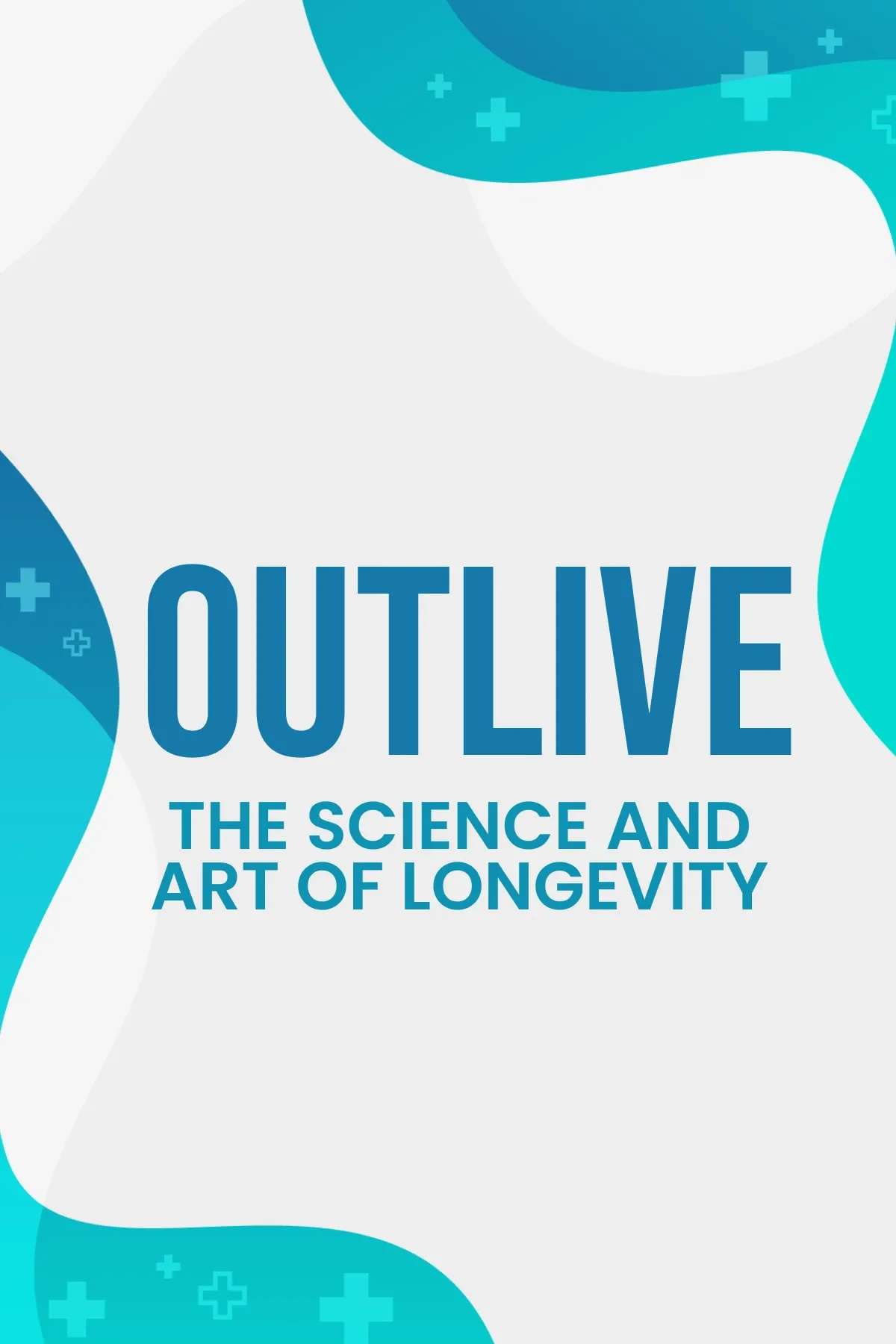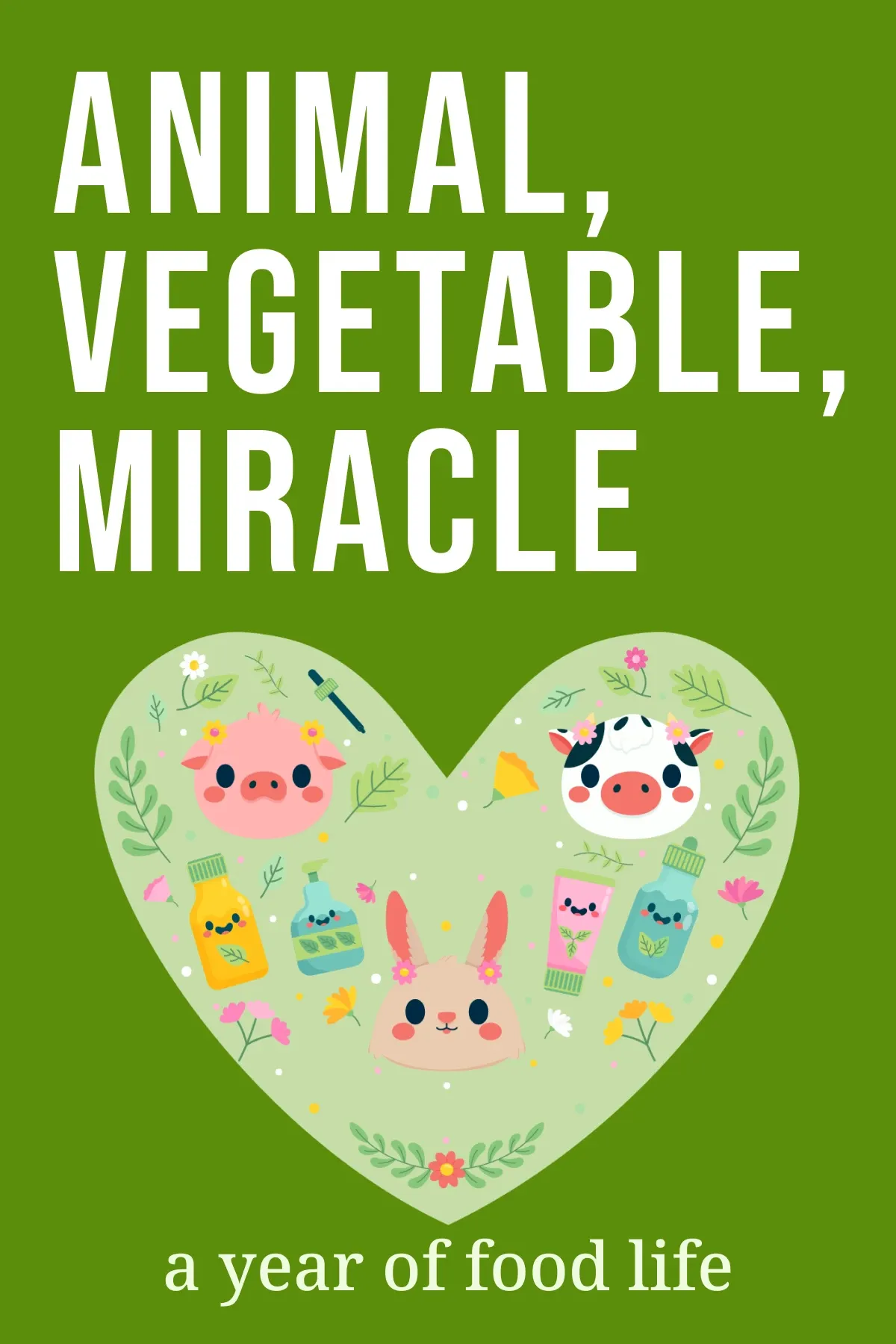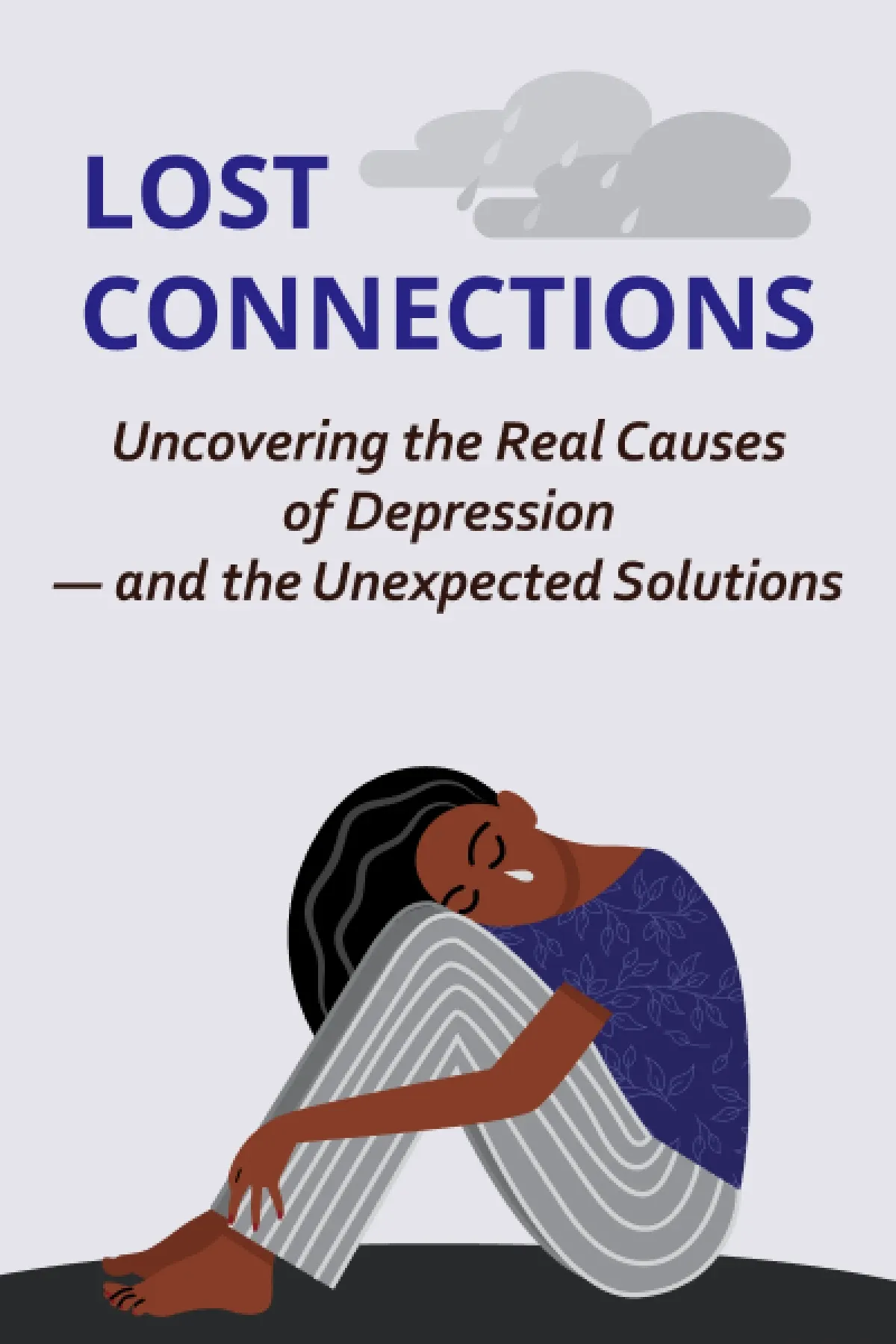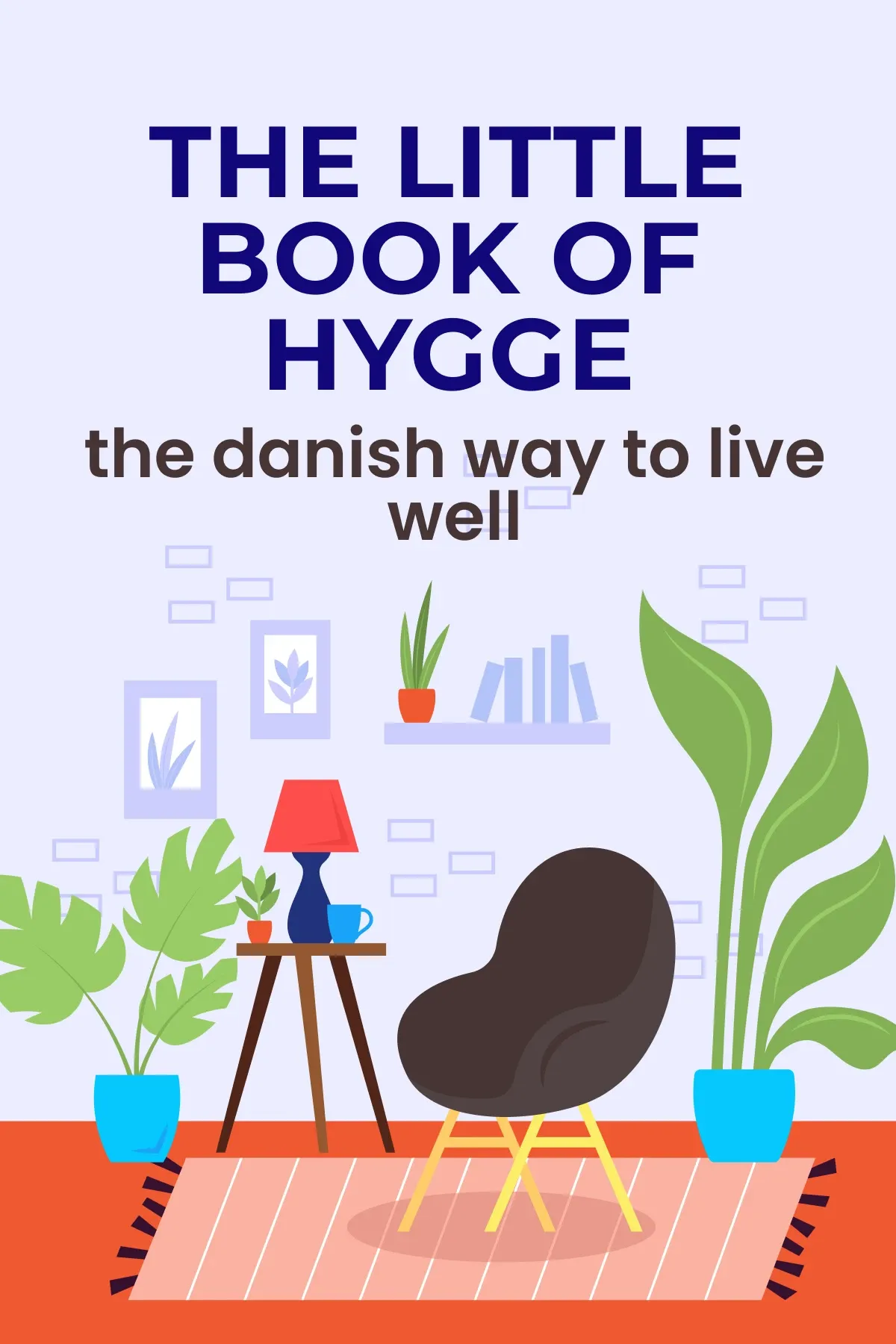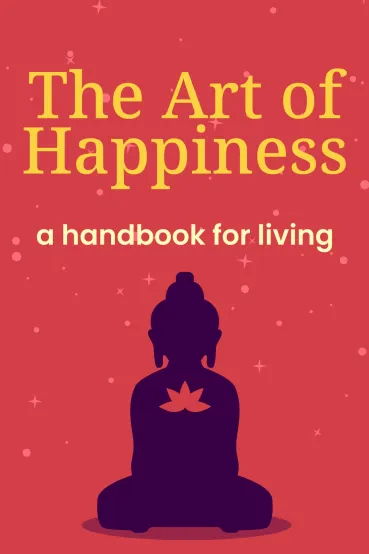
The Art of Happiness
Brief Summary
“The Art Of Happiness” by Dalai Lama explores various aspects of leading a happier and more fulfilling life based on the teachings and insights of the Dalai Lama. This book covers a range of topics, including cultivating compassion, understanding and accepting suffering, and eliminating negative attitudes. You’ll learn to shift your perspectives, manage anger, as well as combat anxiety and low self-confidence.
Topics
Key points
Key idea 1 of 9
Suffering is a natural and universal part of life that is always present. Eastern cultures tend to be more accepting of this reality. One of the reasons is that people in Asia experience daily hardships more directly than people in the West. In contrast, Westerners often find it challenging to recognize suffering as an inherent aspect of life. When faced with difficulties or challenges, they may see themselves as victims of external negative forces.
However, suffering is an inevitable aspect of human existence. For instance, aging and mortality is an inescapable reality that awaits us all. Attempting to avoid or disregard this truth is a temporary solution with limited effectiveness. When faced with the inevitable experience of suffering in various forms, one's mental attitude assumes the utmost significance.
When one views suffering with fear, perceiving it as something unusual and unjust, a sense of victimhood arises. It leads to assigning blame externally. A more productive approach involves addressing the underlying mental causes of suffering. We should strive to eliminate them at their root. While suffering is an intrinsic part of the human experience, we often unknowingly amplify its impact by subjecting ourselves to unnecessary anguish.
An example of a common mistake Westerners make is their inclination to resist change and hold tightly onto their attachments and possessions. However, change is an inherent and universal force. By resisting it, we inevitably invite suffering into our lives as we lose the things we desperately cling to.
Holding onto past negative events and repeatedly replaying them in our minds is pointless. Maintaining the associated pain is a prevalent source of needless suffering. For instance, even after many years of divorce, some people still harbor deep-seated anger toward their former spouses.
Embracing the natural existence of suffering allows you to examine its causes, including personal contributions, which also lead to the prospect of a happier life.
FAQ
You may also like these summaries





